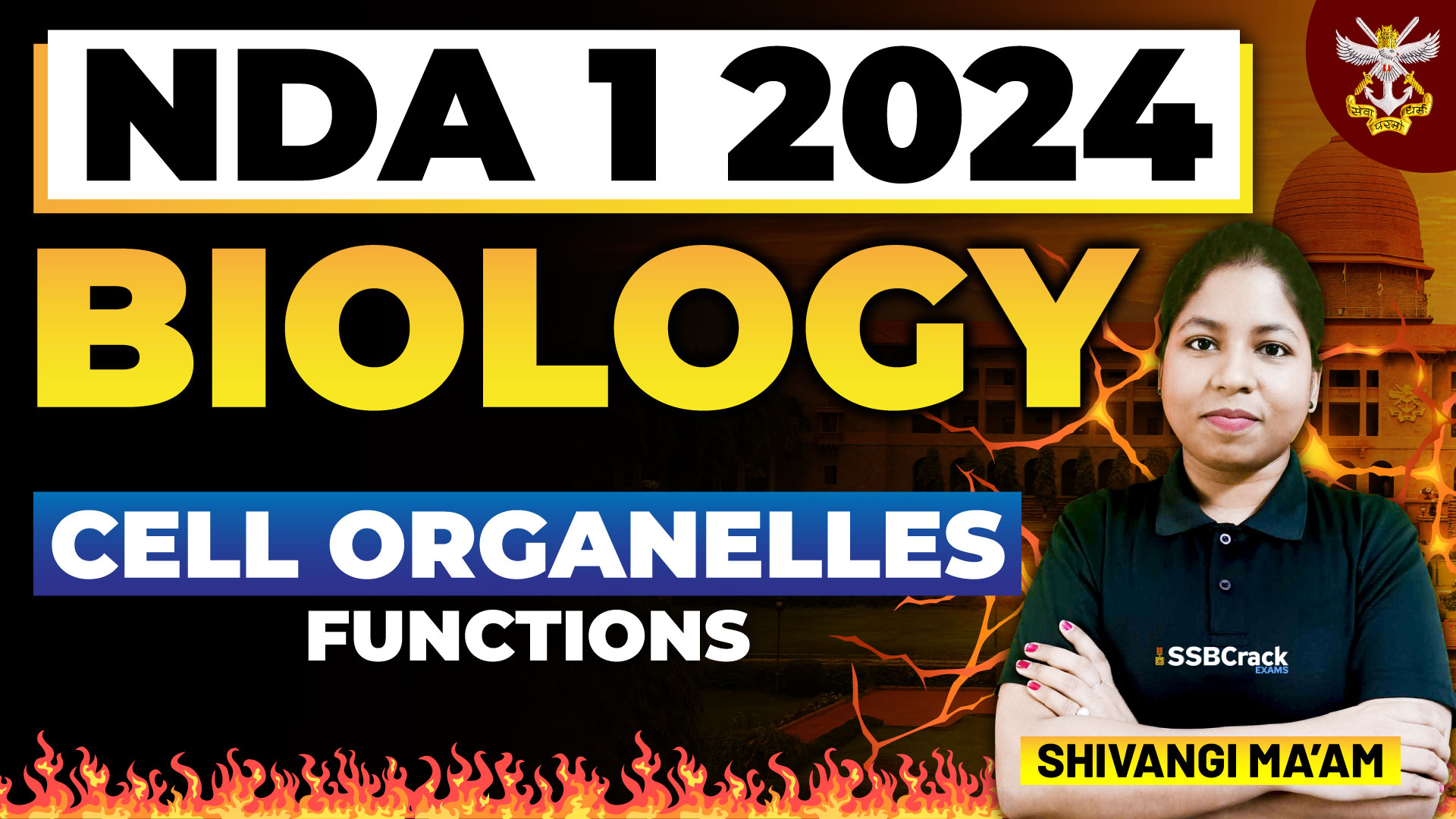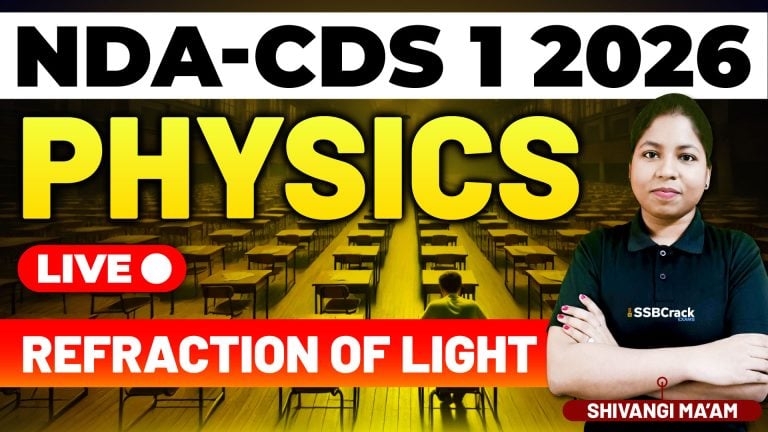In the fascinating realm of biology, the study of cell organelles unveils the intricacies of life at a microscopic level. Recently, the National Defense Academy (NDA) conducted a lecture on cell organelles and their functions, offering profound insights into the fundamental units of life. Let’s embark on a journey to unravel the mysteries of these cellular components as discussed in the NDA 1, 2024 lecture.
The Cell: A Microcosm of Life: At the core of biological organization lies the cell, the basic structural and functional unit of all living organisms. Within the confines of a cell, various organelles work tirelessly, each with its distinct structure and function, contributing to the cell’s overall function and survival.
Nucleus: The Command Center: The nucleus stands as the command center of the cell, housing the genetic material in the form of DNA. Its primary function revolves around the regulation of gene expression and the synthesis of RNA, crucial for protein production. The lecture emphasized the nucleus’s role in orchestrating cellular activities and maintaining genetic integrity.
Mitochondria: Powerhouses of the Cell: Mitochondria, often referred to as the powerhouses of the cell, captivated the audience’s attention during the lecture. These organelles are responsible for cellular respiration, generating ATP (adenosine triphosphate), the energy currency of the cell. The significance of mitochondria in providing energy for cellular functions and their evolutionary origins were discussed in detail.
Endoplasmic Reticulum (ER): Highway of the Cell: The endoplasmic reticulum, with its intricate network of membranes, serves as a highway for intracellular transport. The lecture highlighted the ER’s two distinct regions: the rough ER, studded with ribosomes involved in protein synthesis, and the smooth ER, essential for lipid metabolism and detoxification. Understanding the ER’s role sheds light on how cells maintain homeostasis and respond to external stimuli.
Golgi Apparatus: Packaging and Sorting Center: The Golgi apparatus emerged as a key player in the lecture, captivating audiences with its role in processing, packaging, and sorting proteins for secretion or delivery to other cellular destinations. Discussions delved into the Golgi’s structure, including its stacked membranous compartments called cisternae, and its crucial involvement in post-translational modifications of proteins.
Lysosomes: Cellular Recycling Centers: Lysosomes, the cell’s recycling centers, garnered attention for their ability to degrade unwanted materials through the action of hydrolytic enzymes. The lecture highlighted lysosomes’ role in cellular waste management, autophagy, and their implications in various pathological conditions when dysfunctional.
Conclusion: The NDA 1, 2024 lecture on cell organelles and their functions provided a captivating insight into the intricate machinery that drives cellular life. From the nucleus, the nucleus, orchestrating genetic regulation, to the mitochondria, powering cellular activities, each organelle plays a vital role in maintaining cellular homeostasis and ensuring organismal survival. As our understanding of cell biology continues to deepen, such lectures serve as invaluable platforms for exploring the wonders of life at the microscopic level.



















